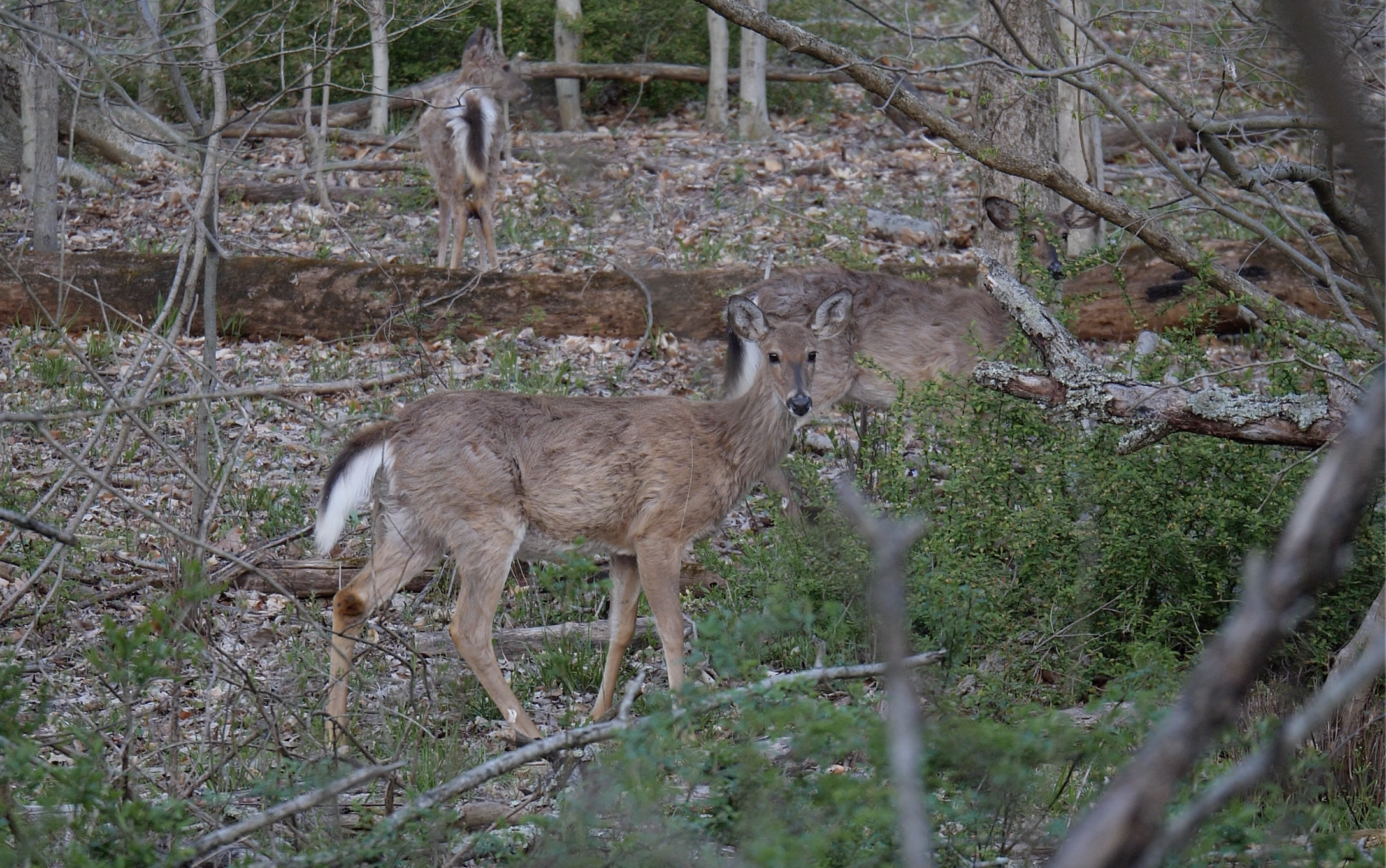Walking in a Deer’s Body

“It’s hard to play pretend when you have shoes on your feet, especially if you’re pretending to be an animal. If I’m a little cat running around, they don’t have shoes, so why would I?”
- Malin Andersson, on the significance of being barefoot during childhood
The trail sign said everything that you might expect: no walking dogs without a leash, no camping, no fires. What made me stop and laugh was the icon of a cartoon mushroom with a red line through it. No mushroom hunting. I knew who this warning could be for. I met him last year on campus— a tall boy with long hair and a deep voice, a member of the Outdoors Club, often found hammocking or camping alone. I smiled and took off my shoes.
The ground was cold beneath my feet, much colder than I imagined. Pine needles stung. Mud squelched through my toes. Soon, I learned that standing on logs, smooth and warmed by the sun, offered reprieve. My feet hobbled down the gravel path, and I twisted to get away from one sharp rock only to land on another.
I first walked barefoot in the woods because I wanted to inhabit my body. Throughout this pandemic, I have mostly sat at my desk and watched my computer. Many of us have similar stories. We spend days on screens in lectures, meetings, and in front of the news. We lie in wait. Our minds are stuffed and leaking and constant.
Once in a while, for which I’m incredibly grateful, I exist in a classroom next to other people, but even then my mask pinches my undereyes, blocking part of my vision. I leave class and walk quickly to my room. It’s both for the safety of sanitizing, and for the safety of tucking myself away after spending a year unseen. In aloneness, I’m scared that one day the anxious fog of depersonalization I felt when I was sixteen will surround me again. It was like a separation from my body; it was isolation without the pandemic. Now, I am in a state of constant alertness and disinfected hands. Disembodied and too embodied all at once. Touching my bare feet to the ground could mean experiencing the pleasure of having a body even as it threatens to be a bioweapon.
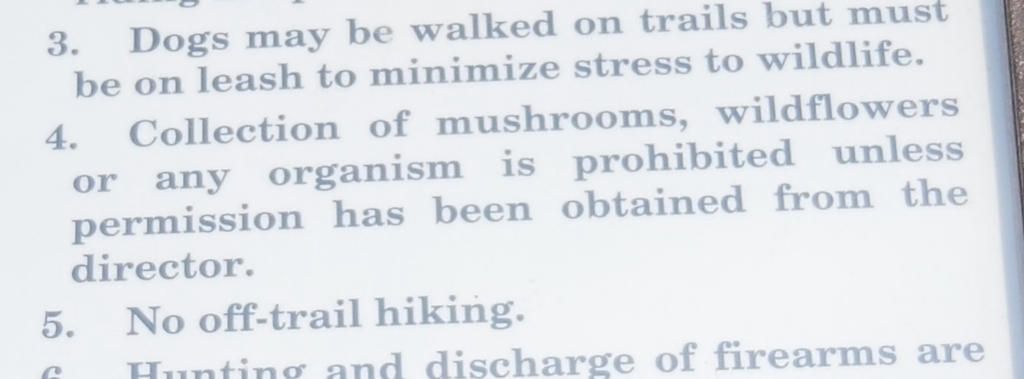
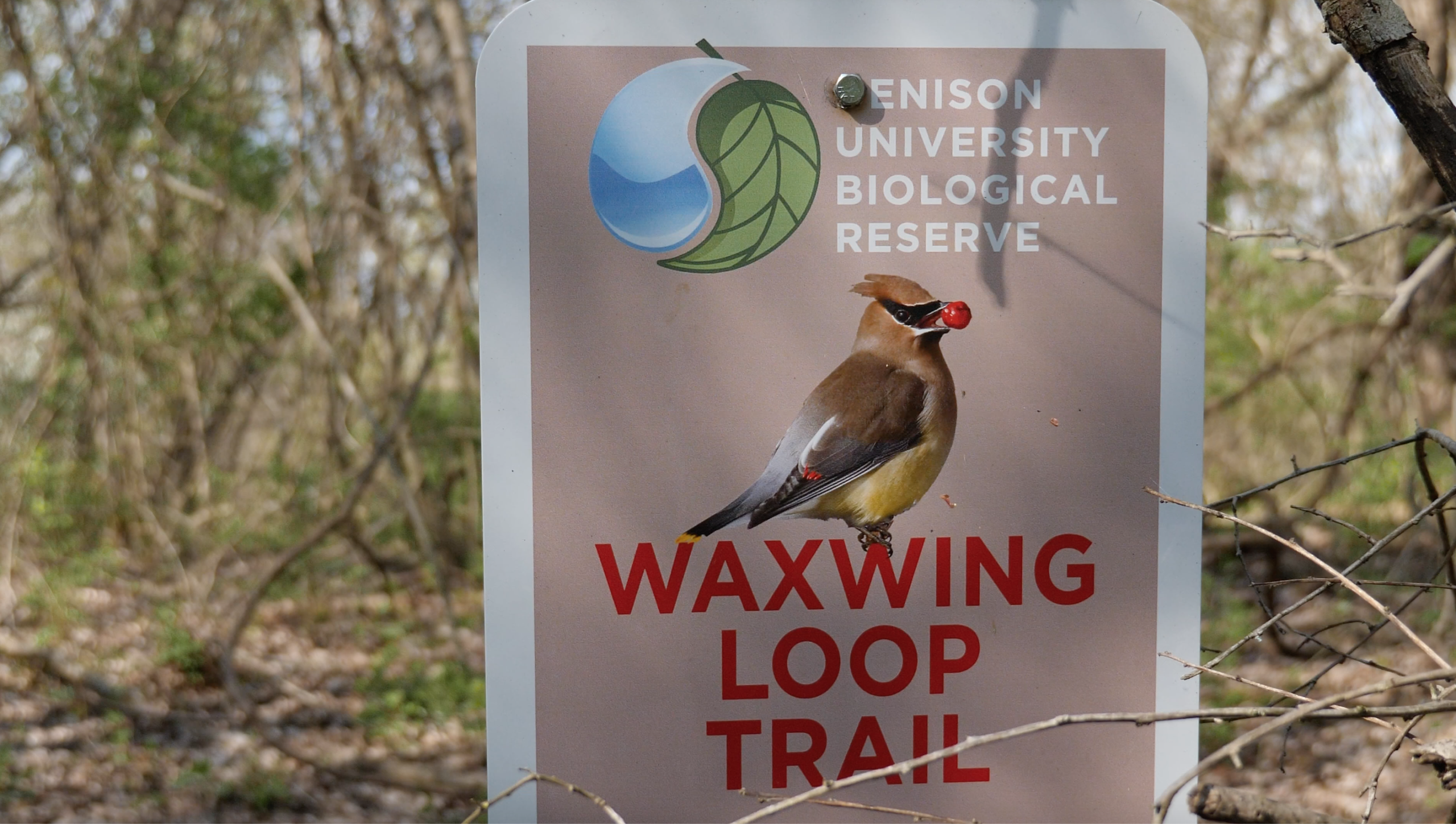
If you look at the feet of a person who hardly wears shoes, their soles will likely be much wider and flatter. Our skeletons are shifting and changing constantly: taking in nutrition, depositing and subtracting bone when necessary, until the whole bone is completely new over time. It adjusts to better fit our needs. When we wear shoes, our skeleton registers the design, and structures our feet to be narrower and curvier. What started as simple warmth and padding for walking long distances became stilettos and loafers on sidewalks. We now have gel shoe inserts, stiff arches, and velvet soles. The funny thing is, shoes with less cushion serve our feet better in the long run. The closer we are to our body’s original plan, says Dan Lieberman, a professor of Human Evolutionary Biology at Harvard, the more it knows how to function. But shoes also indicate social class and style. It makes sense that we’ve decorated them and changed our leg length by wearing them. Our own bodies are the intersection of culture and physicality.
During the first walk, I took my shoes off too soon. The path down into the trees was rocky and longer than I remembered. Each stone was large, gray, and chalky. They stuck between my toes. Poked into my skin. I rotated from the balls of my feet to the heel, from my big toe over to the outside edge of my foot. I must have looked like a child going slowly over hot coals, holding her shoulders taught with flailing arms.
It was ridiculous of me, and I knew it, but it was too late to put my shoes back on. I heard a group of girls coming up the same path, all with bright voices, likely students who I might know and see on campus. They were behind the trees for now. Soon they would turn the corner and see me hobbling, having chosen to take off my shoes and painfully walk when I didn’t need to. My body began to shake like it does when I need to run away. Small, quiet trembles, frantic and quick.
I stumbled towards the scraggly grass on the side of the path, ignoring the sharpness in my feet, breathing heavily as I pulled on each shoe. I didn’t lace them up yet. If the girls walked by, I could kneel down to make it look like I was tying them. I only worried about getting the fabric over my heel.
The group walked past in purple coats and overalls, putting on their masks when they saw me. I stood up shakily. My arms relaxed. I felt physically safe. I would do the same later when seeing two boys in hammocks, tucked away into the trees. I held my breath until I realized that under the brush and leaves, they couldn’t see my feet. My first fear hadn’t gone away.
For many, there is a deep shame that comes with feet, says John Soderberg. As a professor of human evolution at Denison University, he theorizes that this shame is partly because feet remind us of our primate ancestors. With flat heels and long toes, they show us that we are closely related to other mammals who walk in the mud. As we get older, we see our feet as dirty and hidden away. Perhaps they are diseased and a threat. We fear what we cannot see, and we’ve ensured that it stays this way. We hardly see each others’ feet unless we share an intimate friendship or relationship. To walk barefoot is to share an unseen part of your body.
It didn’t occur to me until later, when I heard someone running up close behind me only to jog past, that I had other things to be afraid of on the gravel path. Had those two boys with their faces hidden come after me, followed me, pushed their hands across my mouth and hips, dragged me into the trees, I would not have been able to run. The gravel was too sharp and my feet were too soft. There are many unseen parts of me. Some people crave them. And so to walk barefoot as a woman is to walk fully bare.
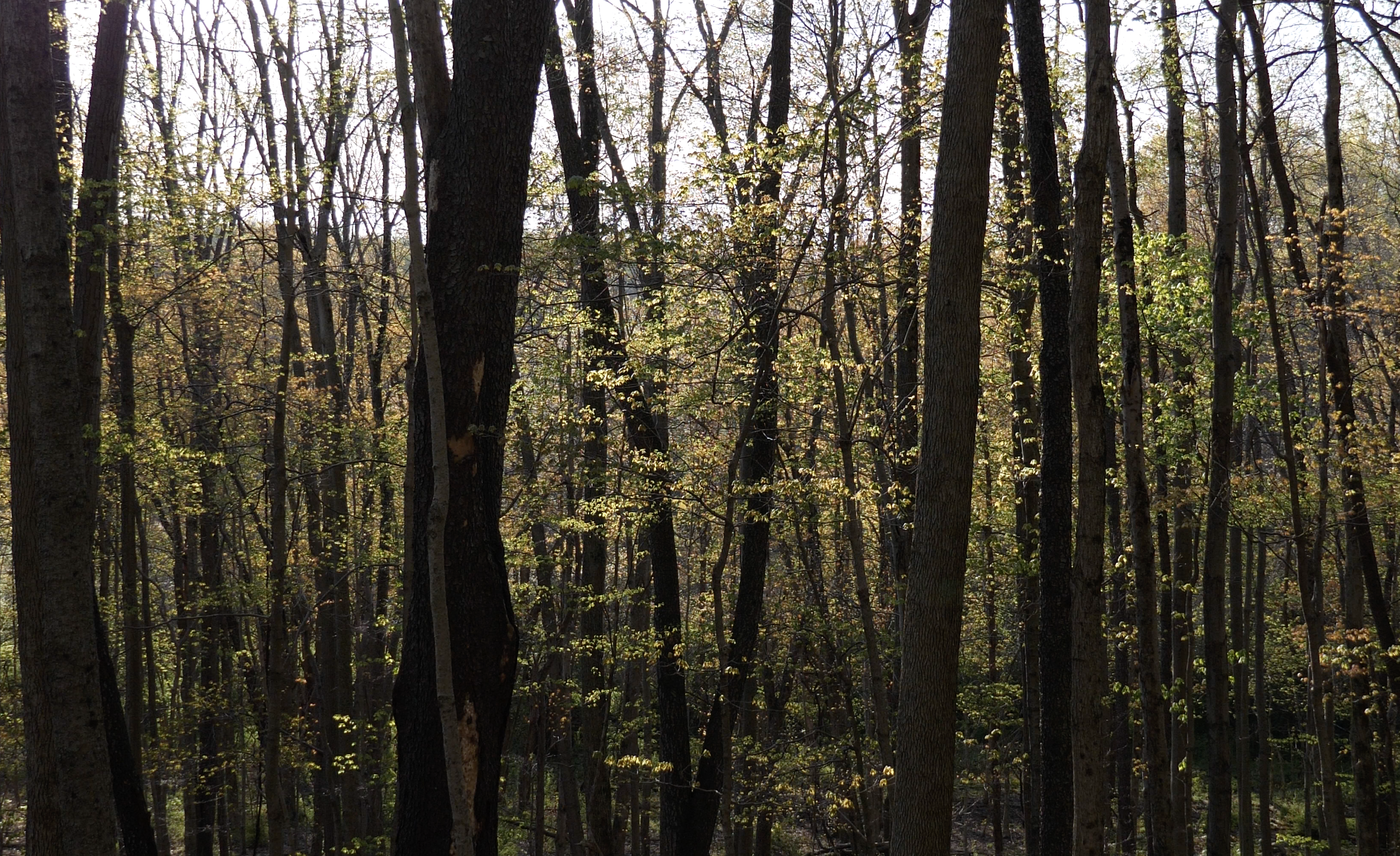


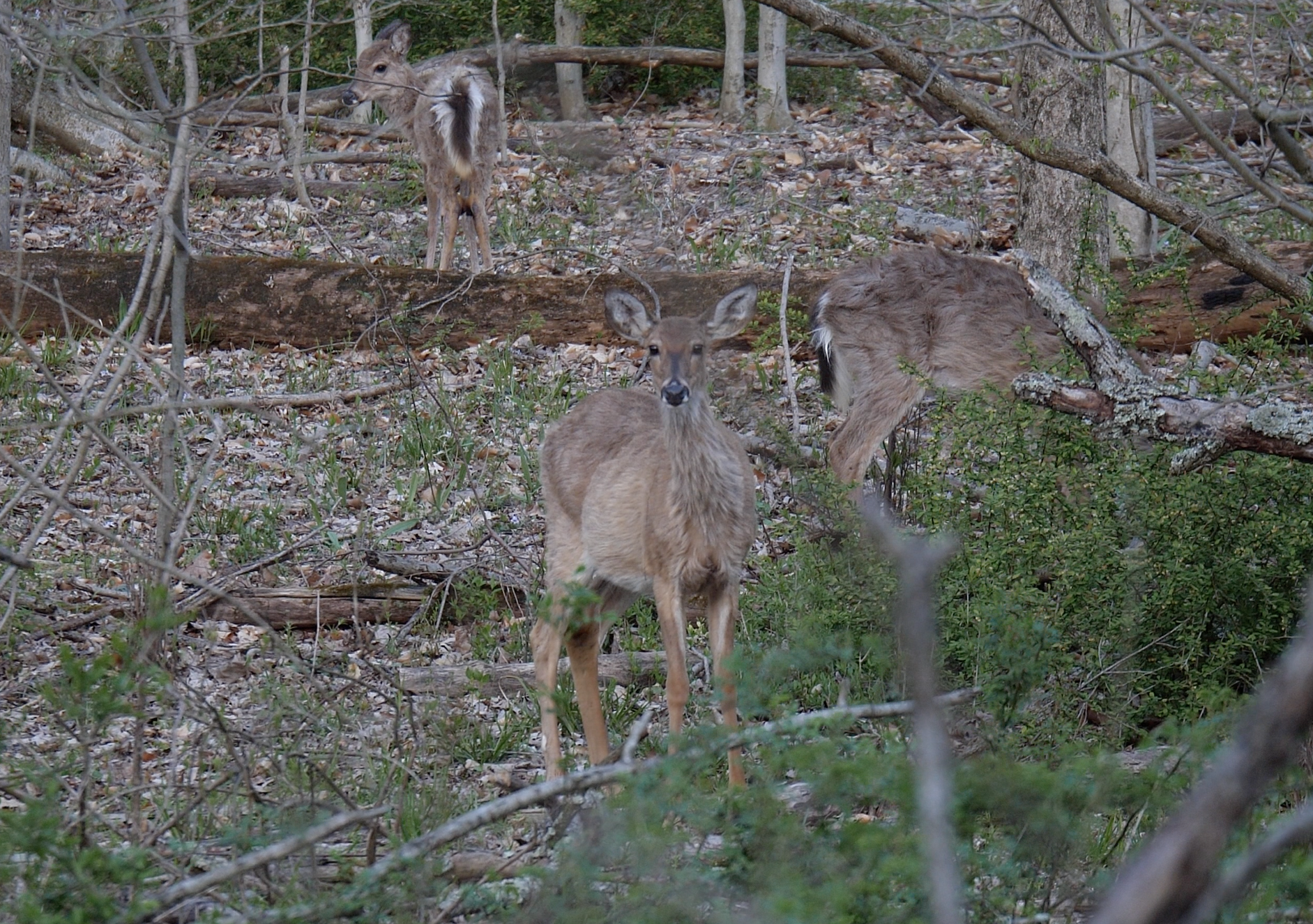
As I entered the woods, the roots made stairs; mud collected in the space between them. My foot fit perfectly in each section, narrow and small, dancing. I was taken over by a joyful quietness. No shoes meant no noise, and fewer rocks meant swiftness: I suddenly found myself running as a deer might. When a stray rock did catch under one foot, the other lightened and lengthened its stride to avoid the sharpness. My body knew how to do it before I did. It kept me fast and safe, without even having to think.
“That’s proprioception,” Soderberg explained when I described this phenomenon to him. “It’s a sense of where your body is and how it’s moving.”
Within our muscles are sensory organs called proprioceptors. They can sense when our tissues or ligaments stretch or carry weight. Nerve endings wrapped around them relay information to our central nervous system. What we might call “reflex” is actually the work of these constant processes. Our body pays attention when we don’t, allowing us to do multiple actions simultaneously without thinking about each one. We can throw a ball without watching our arm. We can know whether we’re on cement or grass without looking down. We can balance. We can focus on a tree without falling over. It is a simple and paramount gift.
It’s not only about equilibrium and musculature, though. It’s about seeing yourself both as a subject and an object— inhabiting your body while also being outside of it, aware of your relationship to the world around you. Aware of the rock under your foot. Aware of your two legs, your arms, your human form. I went into the woods craving an understanding of my placement in the web of things. I suppose my body has been asking the same questions for my entire life. And yet, where is the separation? I am my body. I exist as a part of my surroundings.
The two deer were staring at me when I first noticed them. Evolution gifted them eyes that can see forwards and sideways. The fawn tilted her head down for a mouthful of leaves while still watching me. Stick legs, knobby but graceful, poised and alert. Both had soft noses small enough to fit into my palms. Tufts of fur on their backs caught in the wind, making them ripple.
I was still. I found myself tilting my bare foot out towards them. I am just as animal, I tried to say. I belong here. After looking into the taller one’s glinting eye for quite some time, and she back at me, I turned my gaze down to the path. I heard once that dogs are intimidated when people stare at them. I realized now that I did not know deer culture, so I bowed my head. We stayed that way until the fawn turned and snuffled for grass under the dead leaves again. The doe continued to watch me.
I was the first to walk away. It seemed to be my place. Who was I, I thought, to watch them eat, to watch them complete a normal and life-giving act? Who was I to watch what they did in every moment I was not there, when I just happened to be here now?
I wanted to belong with them. I wanted to touch their rippled backs and softly kneel into the mud. I wanted to be hidden away, and I wanted to know the ways in which they existed.
It was a shock of recognition. For the past three months, I’ve been studying the anatomy of mammals. Coming from common ancestors, all mammals have the same bones, just stretched and elongated and re-oriented as evolution changed us.
When I grab the back of my ankle, I am touching the same bone that sticks out halfway down a deer’s leg. When I hold the hand of my partner, those same bones touch the ground when a deer walks. What are my fingernails have become their hooves. Their noses squished to become mine. I imagine I can almost feel my own bones moving in the ways that theirs do.
Soderberg says that the most startling part about the way humans think is that we imagine what it’s like to be someone else. And it’s true. This is not the first time I have stared at a deer and wondered about if our roles were reversed. A few years ago, three Michigan deer stood on a sand dune, and I, on the boardwalk, was the new creature to be seen. They stopped to glance at each other. They hushed. They were very still, as if to not startle me. Standing on two pale legs, I tried to imagine how they must see me.
What’s different now is that I know we have the exact same bones, with the exact same names. I have a certain understanding that I am a hominid, built with a mind that often feels separate from my body and proprioception that protects me faster than my brain can. Before I knew anything about anatomy though, when I was very small and with childhood friends, I would pretend to be an animal. I innately knew that if I put my hands on the soil, I could feel what it might be like to walk with four legs. Glimpsing the experience of a deer felt natural.
Maybe our empathy begins with imagination, and maybe this empathy extends beyond humans to the natural world. Maybe this is our homo sapien trait, one that comes easily like proprioception. Perhaps it helped early humans predict where an animal might be headed so that we could follow it to fresh water, its food source, or to take the animal as our food. We rely on understanding, intuition, protection and care. Maybe empathy keeps us alive as much as animals do. We need it, and we crave it, and we are grateful for it.
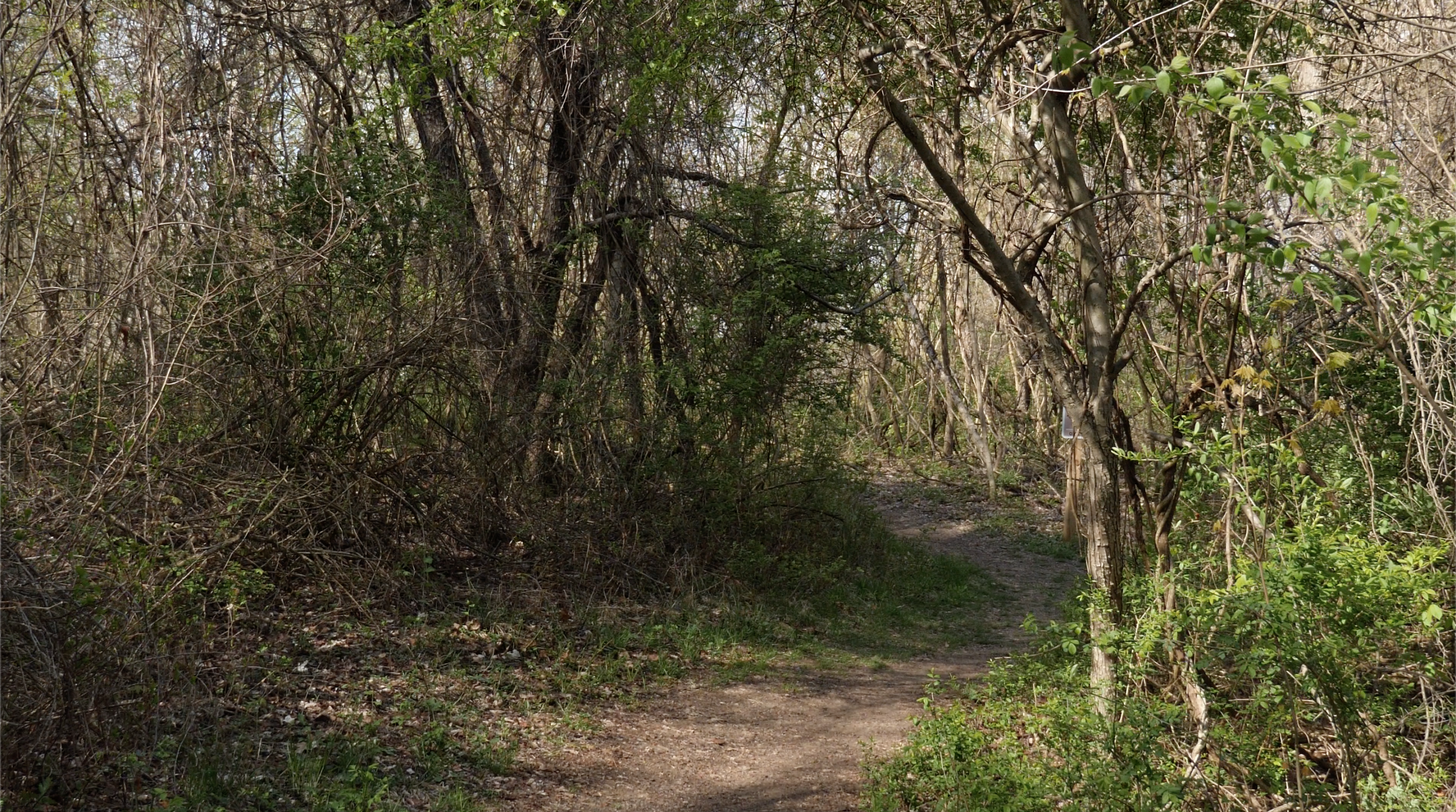
The second time I see the deer nestled among tall grasses, I feel my flat arches firm below me, a hominid, designed to stand on two feet and travel far distances. The deer and I watch each other. And again, I walk away first, but this time it’s because walking is what humans are meant to do.
When I leave the woods, I take out my phone. The CNN and New York Times notifications from last night are still there— another shooting, this one in Atlanta, with eight people dead. I leave those notifications up until I can read the full articles online. For now, I cross over the small creek’s even smaller bridge— a plank of wood, really— and stumble over a root.
I later tell Soderberg that I first decided to walk barefoot because I wanted to close the gap between my body and thoughts. I didn’t want to be disconnected. But everything is a physical act, he tells me. It’s impossible to not be in our bodies. Writing this article, hunching over my computer, thinking about my time in the woods and the throbbing world, I am my body. The movement of my fingers and my memories, the crunch of my spine, the spurts of stretching and compression. The way my back and wrists ache. The way something deep inside aches too. They’re all physical responses to what is around me.
When I get back from the woods, I prop myself up against the wall of the community bathroom. My feet are muddy from the walk, with dirt crusted between my toes. I wet a paper towel and clean them slowly. It feels both spiritual and of the flesh— a combination that rarely went together in my Christian childhood, where “the desires of the flesh were against the Spirit.” But it does feel like both, and it feels good. Even Jesus cleaned feet as an act of love. I throw away a third paper towel. Then four. My childhood friend Malin would call this “evidence of having fun,” and she’s right. I smile because I feel like a kid again, running inside after playing in sap and mud.
Kabita from down the hall walks by and we catch each other’s eye in the mirror. I give a small wave and a laugh at how strange I must look. And then I, a puzzle of blood and bone, put my shoes back on and walk upstairs to my computer.
